 |
| This is a library the coal companies provided for the community. It is in the Oakdale Workmen's Institute. |
 |
| This is a map of the free Welsh Folk Museum. Our Uber car dropped us off at red spot 1. |
Last month - we stayed a week in the country of Wales. Lulu was doing research about libraries sponsored by the coal companies for the mining communities. We spent most of the time in 3 communities - Cardiff - Swansea - and Aberfan.
This story will concentrate on our day in the Welsh Folk Museum. It is a country setting just west of the capital city of Cardiff. It reminds me of the Henry Ford Museum near Detroit. They have moved historic buildings onto the grounds of the Saint Fagan Castle. It is a free museum that we had virtually to ourselves on this beautiful day.
We were primarily interested in the Oakdale Workmen's Institute. It is a community center that was moved there as an example of a facility provided by the company for the miners' families. In it was the library. It reminded me of the old library that was in the red brick Tamaqua Junior High School on Board Street. Furnishings appear to be from about 1900 - industrial quality.
Included on the property was a large modern museum for indoor displays. It also had community rooms and classrooms.
The rest of the Saint Fagan Castle and supporting grounds are well maintained. Several country lanes were sights of a variety of historic buildings - brought from all over Wales.
Wales is a country of about 2.3 million people. It is due west of London on the west coast of Great Britain before you have to jump the Irish Sea to get to Ireland. Its capital Cardiff was the main shipping port of both Anthracite and bituminous coal to the rest of the world during the Industrial Revolution. Prince of Wales Charles is next in line to be King of England. He really has little to do with Wales but has the title provided at birth.
My ancestry is ¾ German and ¼ Welsh. Little did I know that when we were in the town of Aberfan - we were about 4 miles from where one of my ancestors lived - the Haler family name. My Welsh grandfather was named William Quick. He died in 1945 before I was born. He was a timekeeper in the Vulcan PA mine. He was a first generation American.
At the museum I particularly liked the row of patch coal company homes. Although the homes were connected - each one was decorated inside and outside with features from different time periods. It particularly reminded me of the era when my mother grew up in a company home in Vulcan PA. They had outhouses - chicken coups - and truck patch gardens.
 |
| Saint Fagan could be considered a living village. |
 |
| Saint Fagan is just west of downtown Cardiff. |
 |
| Saint Fagan Castle |
 |
| They had a sky adventure in the trees. |
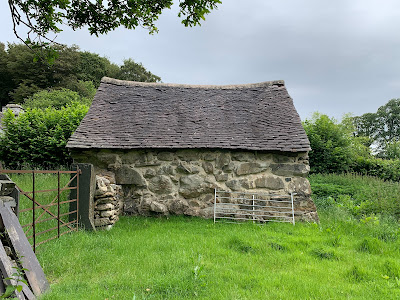 |
| Note the sway back sagging roof, |
 |
| Animal pens |
 |
| After World War II - housing was in demand. This was an example of a factory home. |
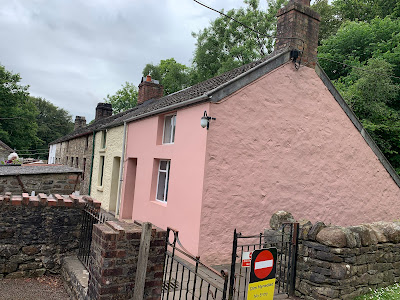 |
| These row homes were decorated for different time periods. |
 |
| The pink one was the most modern. |
 |
| Note the heavy slate roofs. |
 |
| We used to call these truck patch gardens. |
 |
| Pigeon sheds. |
 |
| The brick outhouse and Saturday night bath tub. |
 |
| Another outhouse |
 |
| Coal fireplace |
 |
| Note the smoke stains. |
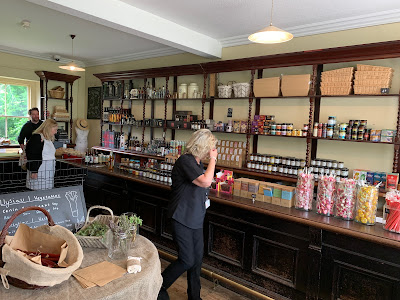 |
| The Company Store. |
 |
| Lulu never met a store she did not like. |
 |
| Coaltown Coffee. |
 |
| This was a kiln for making lime. |
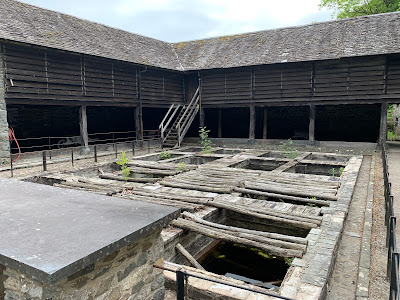 |
| This was a Tannery. |
 |
| This was the Oakdale Workmen's Institute. It had meeting rooms - library - gym. |
 |
| World War I memorial |
 |
| Hand painted religious art. |
 |
| Community room at the Oakdale Institute. |
 |
| You could have your wedding here. |
 |
| The Newspaper Reading Room. |
 |
| The Game Room |
 |
| Each building had a guard. |
 |
| At the Library. |
 |
| The Office with safe and heater. |
 |
| Meeting Room. |
 |
| The Foyer to the Hall upstairs. |
 |
| The Vulcan Pub under renovation. |
 |
| General Store. |
 |
| This was a stadium for Cock fights. |
 |
| Small shops. |
 |
| The Bakery. |
 |
| Road were toll roads and this is the Toll Booth. |
 |
| A Slate Fence. |
 |
| A Pig Sty. |
 |
| Note the thatched roofs. |
 |
| Post and Beam Construction. |
 |
| A Post Road Marker. |
 |
| Aberfan is a small town 20 miles north of Cardiff. |
 |
| During a heavy week of rain in 1966 - this culm bank came sliding down into town. It crashed into a school killing 144 kids and teachers. |
 |
| Townspeople dug through the refuse trying to rescue the kids. |
 |
| People waited hoping for miracles. |
 |
| This clock was buried - stopped at 9:13 AM. That is when the landslide hit. |
 |
| Today - the mines are closed. There is a memorial park at the school site. The kids are buried about ¼ mile away from the disaster site. |

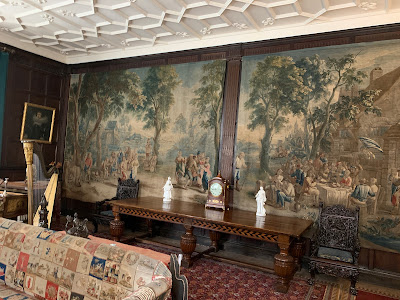


















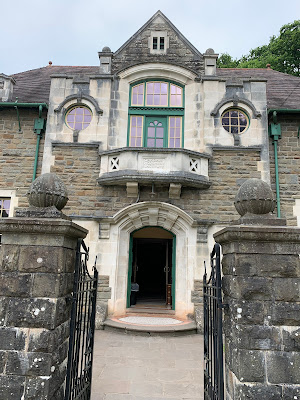





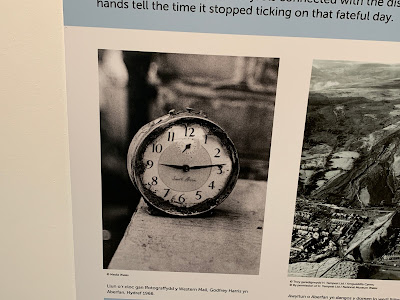
No comments:
Post a Comment